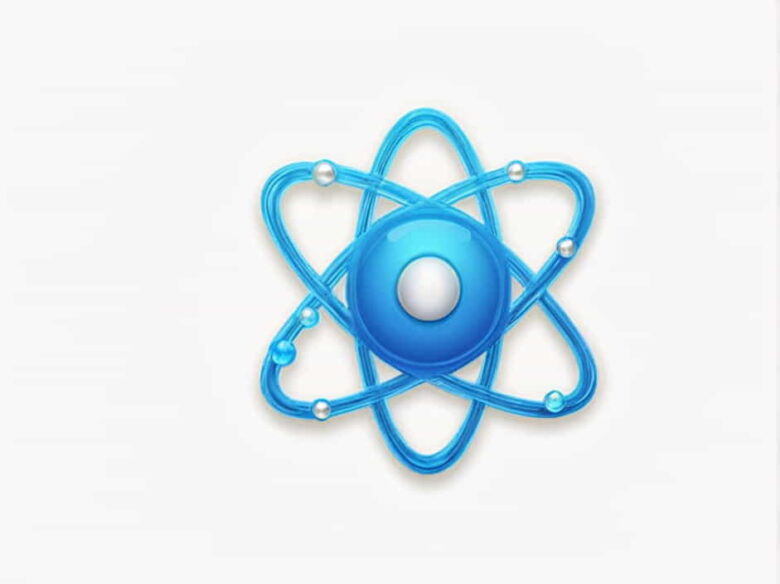Atoms are the fundamental building blocks of matter, and they can gain or lose electrons to form charged particles called ions. When an atom loses one or more electrons, it becomes a cation, a positively charged ion. This process is essential in chemistry, physics, and biology, influencing everything from electrical conductivity to biochemical reactions in living organisms.
we will explore how atoms form cations, the factors that influence this process, and the significance of cations in various scientific fields.
What Is a Cation?
A cation is an ion with a positive charge. It forms when a neutral atom loses electrons, resulting in more protons than electrons. Since protons are positively charged and electrons are negatively charged, removing electrons leaves an excess of positive charge.
Example of Cations
Some common cations include:
- Sodium ion (Na?) Formed when a sodium atom (Na) loses one electron.
- Calcium ion (Ca²?) Created when a calcium atom (Ca) loses two electrons.
- Iron ions (Fe²?, Fe³?) Formed when iron atoms lose two or three electrons, respectively.
The Process of Cation Formation
1. Electron Loss
Atoms form cations by losing electrons. This occurs because electrons in the outermost shell (valence electrons) are less tightly bound to the nucleus compared to inner electrons. The loss of electrons results in a net positive charge.
For example:
In this equation, a neutral sodium atom (Na) loses one electron (e?) to form a sodium cation (Na?).
2. Role of Ionization Energy
Ionization energy is the amount of energy required to remove an electron from an atom. The lower the ionization energy, the easier it is for an atom to lose an electron and form a cation. Elements with low ionization energy, such as those in Group 1 and Group 2 of the periodic table, readily form cations.
For example:
- Sodium (Na) has low ionization energy, making it easy to form Na?.
- Magnesium (Mg) requires more energy to remove two electrons and form Mg²?.
3. Stability and Electron Configuration
Atoms lose electrons to achieve a more stable electron configuration. Many elements follow the octet rule, which states that atoms tend to lose or gain electrons to have a full outer shell of eight electrons.
For instance:
- Sodium (Na) has one valence electron. Losing it results in a stable neon-like configuration.
- Calcium (Ca) has two valence electrons. Losing them gives it a stable argon-like configuration.
Factors Affecting Cation Formation
Several factors influence how easily an atom forms a cation:
1. Atomic Size
Larger atoms have valence electrons that are farther from the nucleus, making them easier to remove. This is why alkali metals (e.g., Na, K, Cs) readily form cations.
2. Nuclear Charge
The higher the nuclear charge (number of protons), the stronger the attraction between the nucleus and electrons. This means that elements with a high nuclear charge require more energy to form cations.
3. Electron Shielding
Inner electrons shield outer electrons from the full force of the nucleus. The more shielding there is, the easier it is for an atom to lose an electron. This explains why elements lower in a group (e.g., potassium vs. lithium) form cations more easily.
Types of Cations
1. Monovalent Cations (Charge of +1)
These cations form when an atom loses one electron.
- Examples: Na?, K?, Li?
2. Divalent Cations (Charge of +2)
These cations form when an atom loses two electrons.
- Examples: Ca²?, Mg²?, Fe²?
3. Trivalent and Multivalent Cations (Charge of +3 or More)
Some elements can lose three or more electrons.
- Examples: Fe³?, Al³?, Cr³?
Importance of Cations in Science and Industry
1. Biological Functions
Cations play a crucial role in biological systems:
- Sodium (Na?) and potassium (K?) regulate nerve signals in the human body.
- Calcium (Ca²?) is essential for muscle contraction and bone strength.
2. Chemical Reactions
Cations are involved in many chemical reactions, including:
- Acid-base reactions Hydrogen ions (H?) define acidity.
- Electrolysis Cations move toward the cathode in electrical processes.
3. Industrial Applications
Cations are used in various industries:
- Metallurgy Metals like iron (Fe²?, Fe³?) are extracted using chemical processes.
- Water purification Calcium and magnesium cations affect water hardness.
Cations form when atoms lose electrons, resulting in a positive charge. The ease of cation formation depends on ionization energy, atomic size, and electron configuration. These positively charged ions play a vital role in biology, chemistry, and industry, influencing everything from nerve function to industrial manufacturing.
Understanding how cations form helps explain many natural and technological processes, making them essential to scientific research and everyday life.



